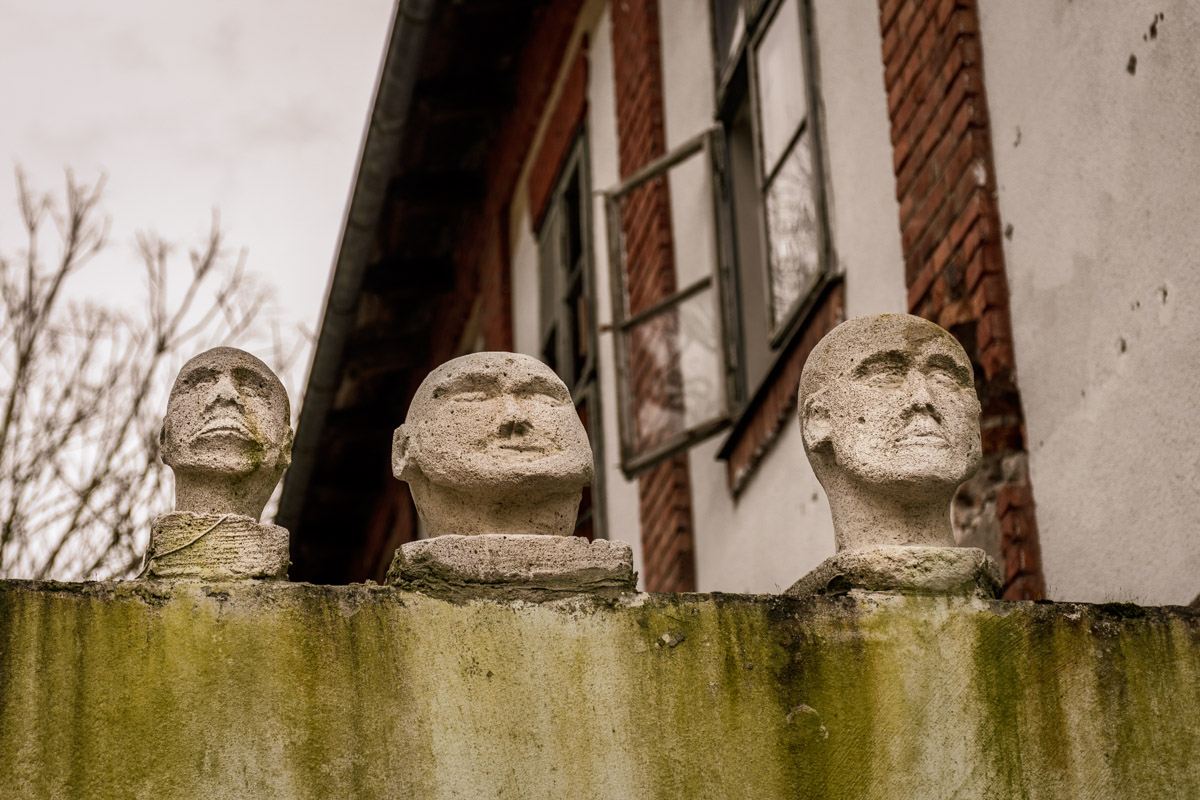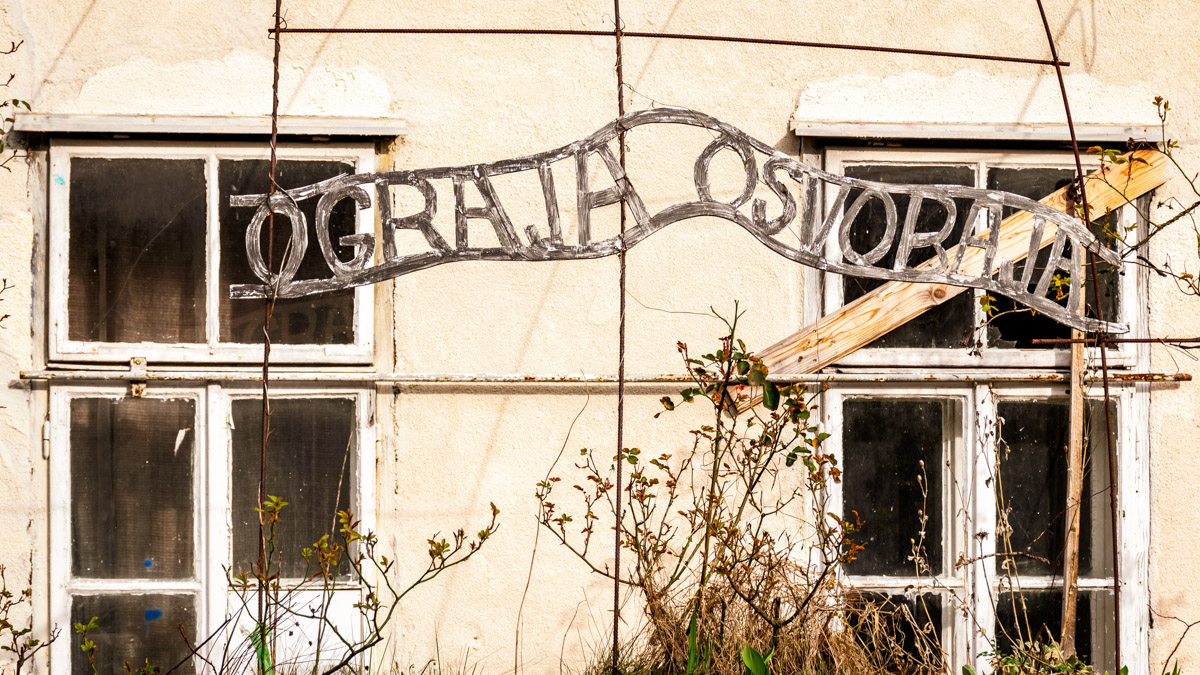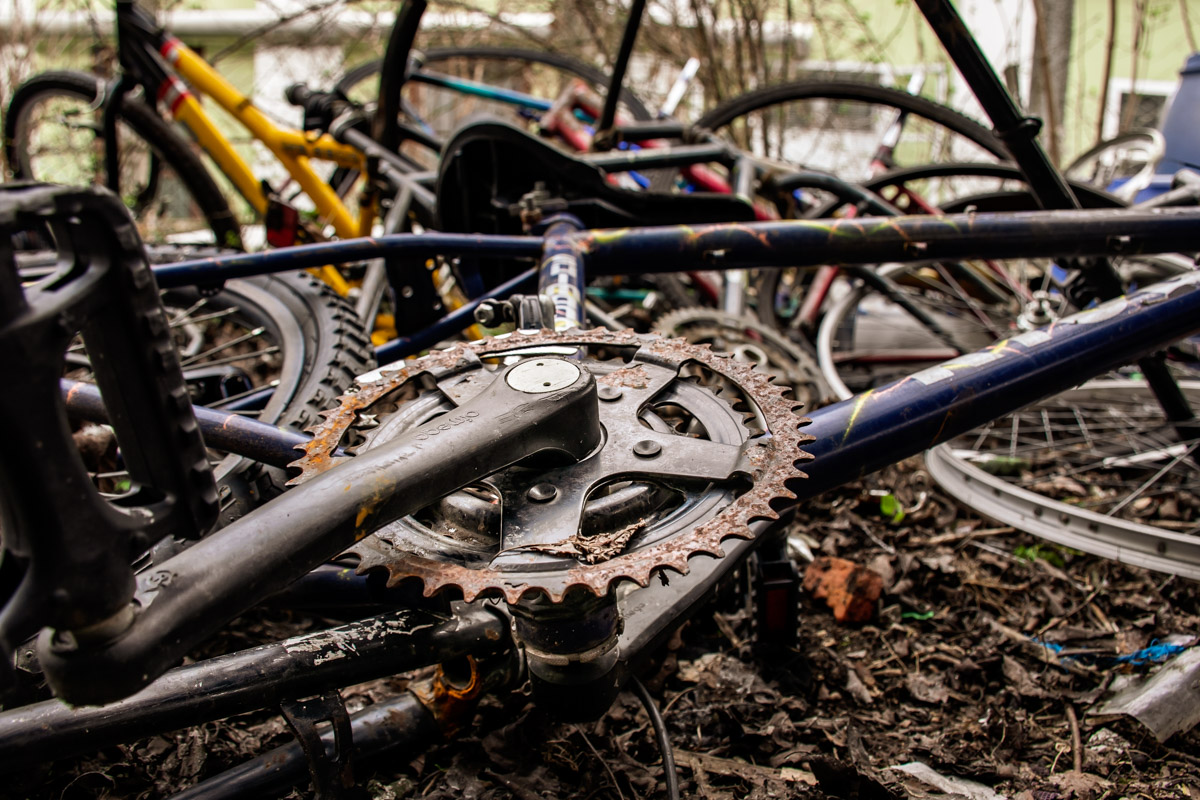When I first stepped into the autonomous factory Rog, I found myself in a magical world 💥. World of creativity and vibrancy. In the heart of Ljubljana, I discovered a mysterious abandoned factory. And it was open to the local community and operated on the principles of self-organization and autonomy. I entered a fairy-tale world that was entirely different from what I had known before. It was a true balm for my creativity and photography. This became my magical place where memories are stored 😍.
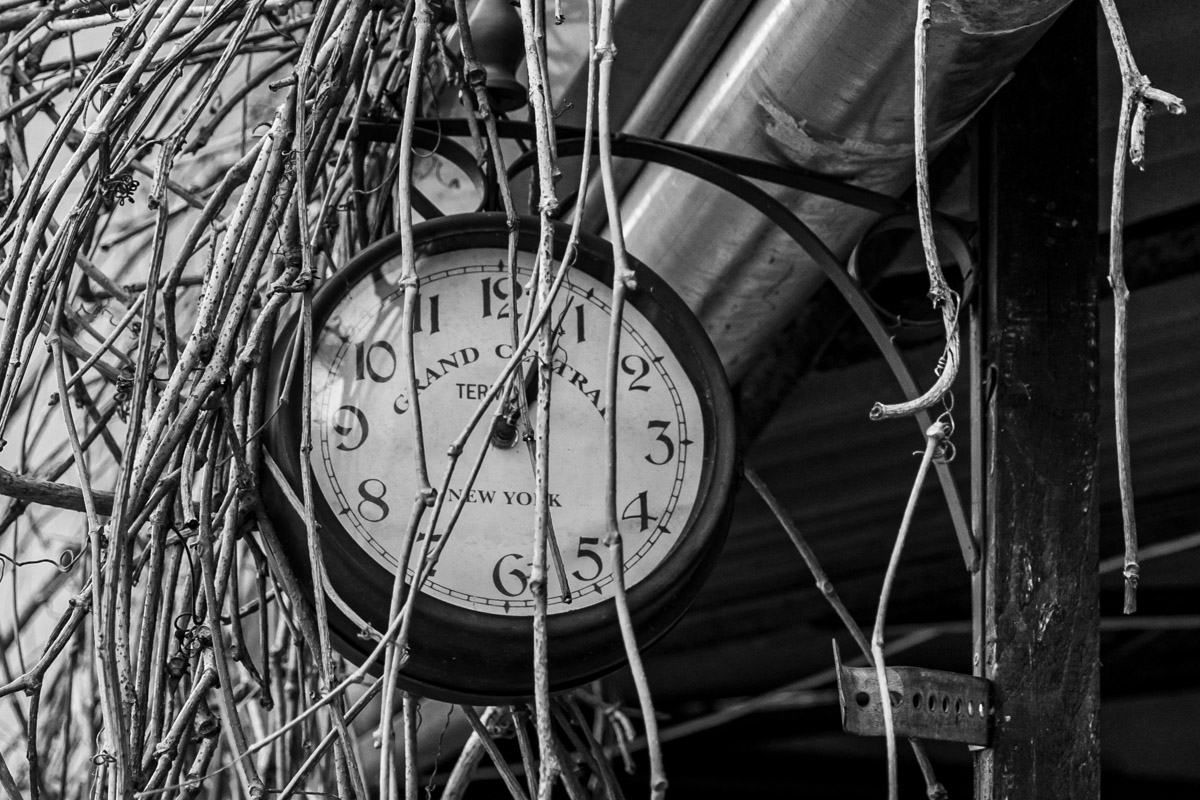
The interweaving of art, culture, music, sports, and activism captivated and delighted me as I was able to photograph various creative projects within the manufactory. This enchanting corner of Ljubljana offered me hours and hours of creative inspiration 📸.
I must admit that I don’t know much about the politics of the independent factory Rog. I mainly visited this place for my photographic adventures. Therefore, I don’t want to comment on the current situation or express any opinions on this matter, including the demolition of the Rog. I just want to preserve my memory of the factory as a creative and inventive space that I enjoyed visiting and where I could photograph various events and projects.
This space was more than just a place for alternative culture and expression. It was an essential example of an alternative economic model based on solidarity, sustainability, autonomy, and community connections. This community was truly unique and inspiring. How people collaborated to run the factory and make decisions has always fascinated me. It was truly remarkable how everyone worked toward a common goal: preserving this unique space and continuing to develop it as a center for alternative culture.

Why was this place so interesting to me?
For me, the Rog factory was always a place where I could express myself through my photographic art and feel free. It was one of the most unique and inspiring photographic playgrounds 📸. Of course, Rog was also known for its inhabitants, who were part of the alternative culture and community. Although I always enjoyed the atmosphere, there were times when I felt a bit uneasy, especially when someone from the “residents” approached me and asked what I was photographing and where I intended to publish the photos. But no one ever prevented me from walking through the premises of Rog. It’s true, though, that I avoided photographing people, as I felt it was respectful to them and made me feel better.
So, I never had any bad experiences. In fact, I was always amazed by the diversity and uniqueness that this place offered. The scene in Rog was a bit morbid, which might have made some people feel a little uneasy. But for me, it was just right. There, I was free to express myself creatively and without regard to social norms or prejudices through my photography. Each time I left, I felt full of inspiration and creativity 😊.
This was a place where I could capture intriguing moments and create unique photographs that reflected the diversity this space offered. It was full of surprises, interesting details, and various cultures that intertwined and created this one-of-a-kind scene.
I invite you to join me on a photographic journey through the independent factory Rog, where we will together peek into its hidden corners that once were and remember this unique community 😀.

Why was the Rog factory interesting for photographers?
This unique place was an intriguing space for photographers as well. The scene in the factory was vibrant and diverse, allowing for the creation of unique photographs. Photographers could capture various moments such as creative workshops, concerts, art exhibitions, and cultural events taking place in the factory. The place also offered unique locations for shooting, like old industrial machinery, abandoned spaces, and interesting art installations.
I found this video on YouTube. Take a look at the former Rog from a different perspective 😍.
Despite being stopped several times by its inhabitants with questions about what I was doing there and what I would use the photos for, I confidently roamed through hidden corners of the place, capturing its unique essence. It was generally possible to take pictures without any issues 💪.
Photographs taken in the sovereign factory Rog could also be an interesting way to document and showcase this unique community and alternative model of operation. The photographs could portray the diversity, creativity, and community spirit that characterized the factory. Therefore, photographs could be an essential tool for raising awareness about the autonomous factory Rog and promoting understanding and acceptance of alternative models of operation and culture.
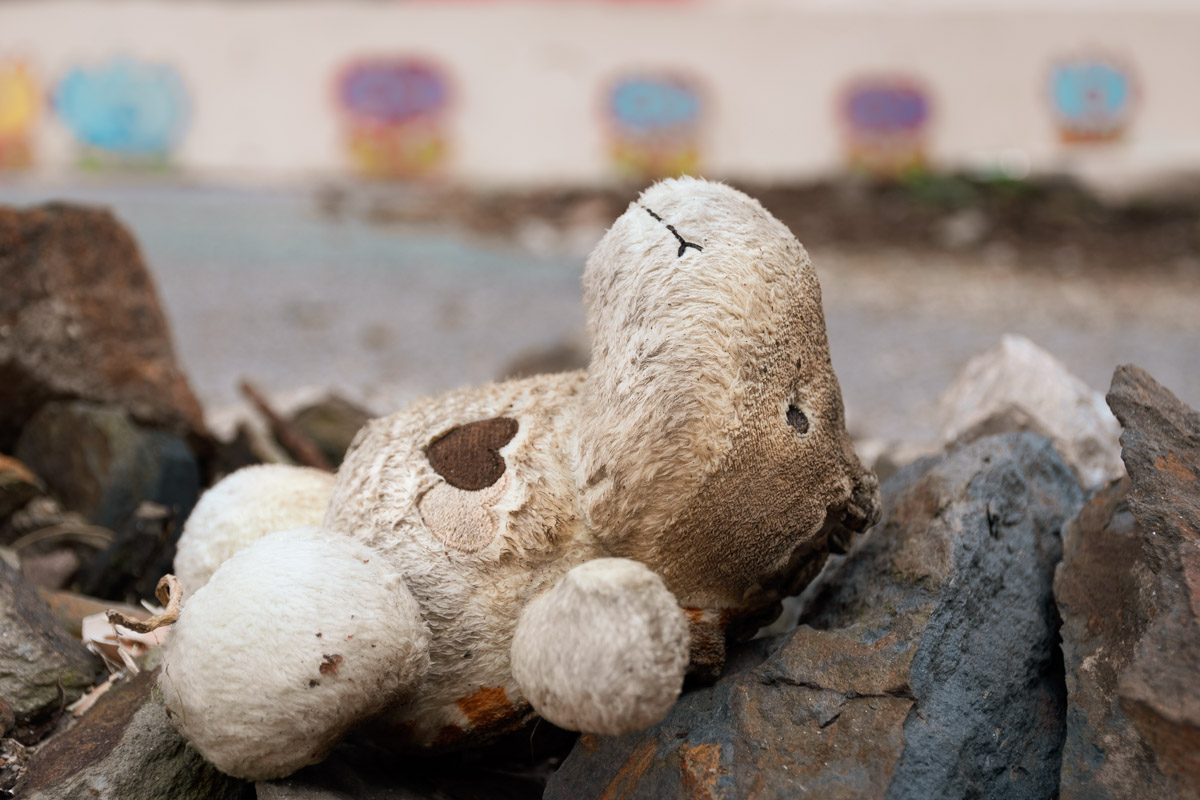
Alternative Factory Rog: where memories are stored forever
The ROG factory was an alternative model of a manufactory located in the former Rog factory in Ljubljana. It was a community-managed place open to the local community and operated based on principles of self-organization and autonomy. There was no hierarchical structure, as decisions were made based on horizontal organization. All employees had equal voices and participated in the management of the factory and decision-making. The place was financed through donations, product sales, and services, enabling its operation without capitalist interests’ influence.
Various activities took place in the abandoned factory, including creative workshops, concerts, art exhibitions, and cultural events. In addition, sustainable products were made in the factory using recycled materials. The ROG Factory thus became an essential space for culture, art, education, creativity, and socializing in Ljubljana. It was an important example of an alternative economic model based on solidarity, sustainability, autonomy, and community connection. It was an innovative and exciting concept that could serve as inspiration for other communities seeking alternative forms of organization and operation.

The activities that took place at Rog:
- Artistic and cultural creation: visual, contemporary, multimedia, and performance art. Graffiti; sculpture; street theater; circus; music creation; art theory; philosophy; political theory
- Sports, recreational, and movement activities: skateboarding, rollerblading, and BMX biking. Kung fu training; silk dancing; pilates; break dancing; tai chi quan; football; and basketball.
- Activism: informal political organizing and networking; counseling, training, and education of vulnerable social groups. Direct actions; organizing rallies, meetings, consultations, and symposiums.
- Social and music events: jam sessions, concerts, club events, experimental music-performance events, parties, gatherings, occasional picnics, flea markets
- Crafts and handiworks: construction and maintenance work; repair and production of electronic music equipment. Making and recycling furniture; permaculture circles; sewing; clothes exchanges; making stoves; skateboards; and, of course, bike repairing.
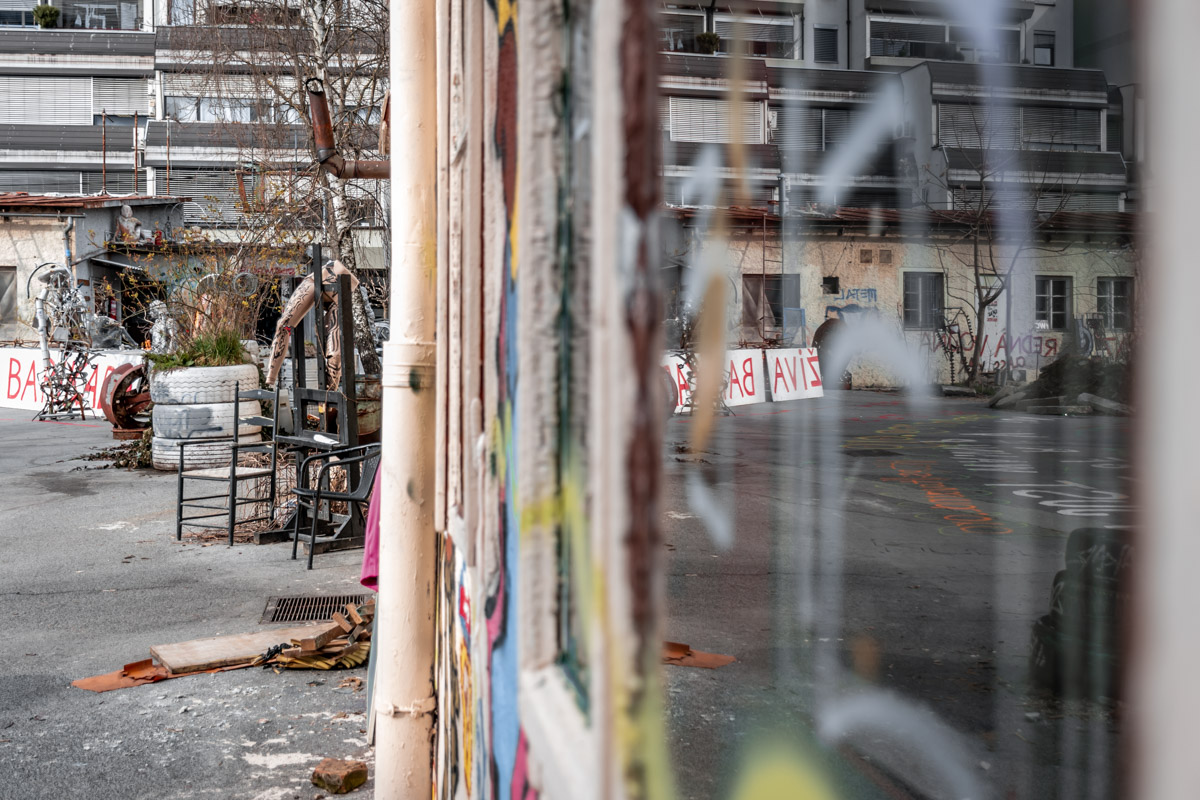
I gathered a lot of information from the website: http://atrog.org/
Collaboration with AKC Metelkova:
Metelkova is also a beloved destination of mine. Oh, so many interesting things have happened there… 🙃
Did you know that AKC Metelkova City was very determined in its support for the Autonomous Factory Rog during the demolition process? Metelkova City expressed its opposition to the demolition and showed solidarity with the community at the Rog, which had to leave the factory.
AKC Metelkova City also organized several protests and events in support of the Rog Manufactory. For example, on the day of the factory’s demolition, they staged a demonstration in front of the City Hall in Ljubljana. They protested against the destruction of alternative spaces and highlighted the importance of preserving cultural heritage.
In addition, AKC Metelkova City expressed its concern over the trend of demolishing and removing alternative cultural spaces in Ljubljana and elsewhere in the world. In public statements, they called for the preservation and support of such spaces, which are important for creativity and freedom of expression.
The communities at AKC Metelkova City and the Autonomous Factory Rog were very close, as they shared similar values and fought for similar goals. Both communities strived to create alternative spaces where people could express themselves, learn, and socialize without being subject to capitalist interests.
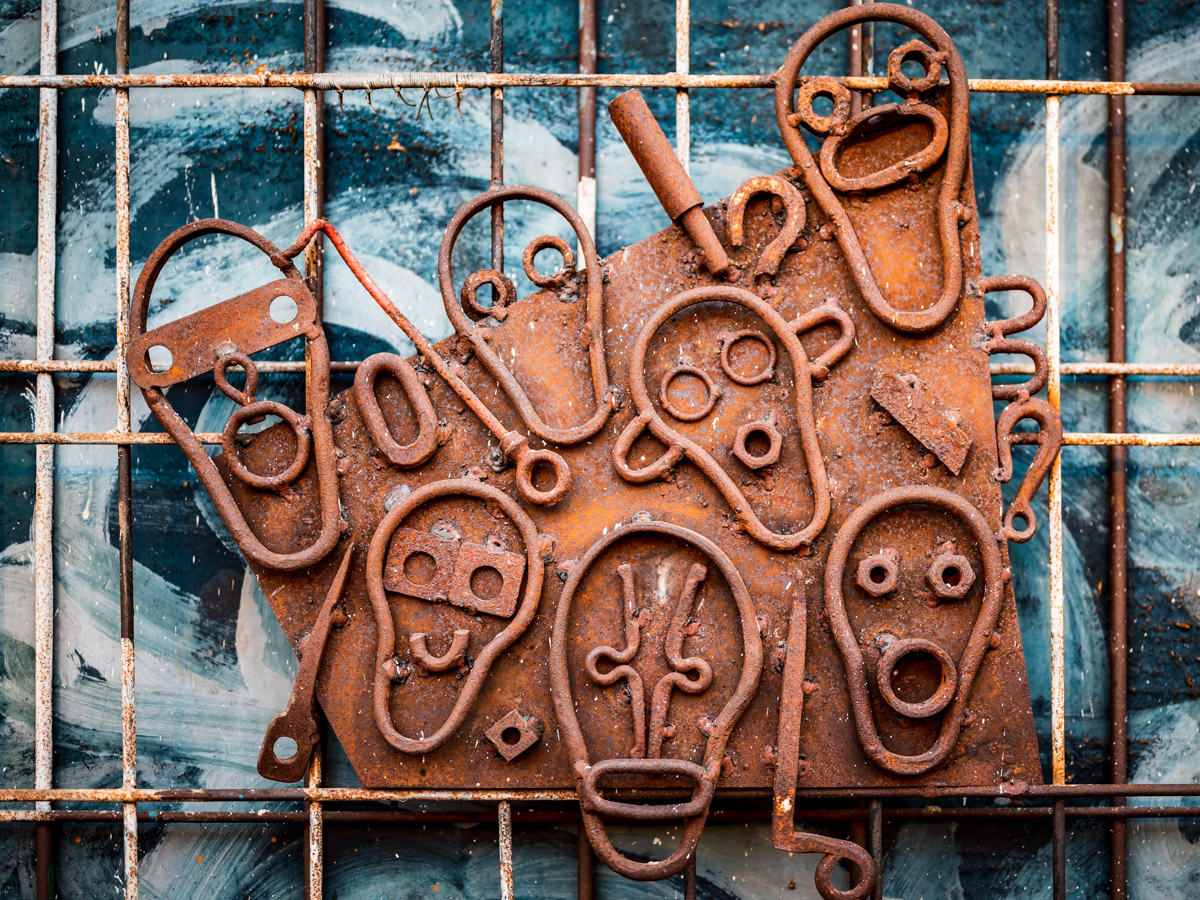
Conclusion:
The Autonomous Factory Rog was a unique and innovative concept based on solidarity, sustainability, autonomy, and community connectivity. Numerous creators, activists, and members of the local community found inspiration and a space for expression, learning, and socializing at Rog. Despite the challenges it faced, the factory remained an important symbol of alternative culture and a space for socializing and creating. Consequently, the Autonomous Factory Rog became one of the most recognizable and inspiring points in Ljubljana, a memory that will long remain in the hearts of the local community.
Rog offered me the opportunity to learn about new ideas and cultures and to open up to new possibilities and perspectives. Although it was always a bit mysterious and full of surprises, I kept returning there, knowing that something special and unique awaited me.

Unfortunately, Rog, as it once was, no longer exists today. But such is life—change is the only constant, and we humans are indeed very adaptable creatures 😁. So enjoy every moment, find something or someone that fills you with energy, and don’t forget to capture in the lens everything that brings you joy 🥰.


